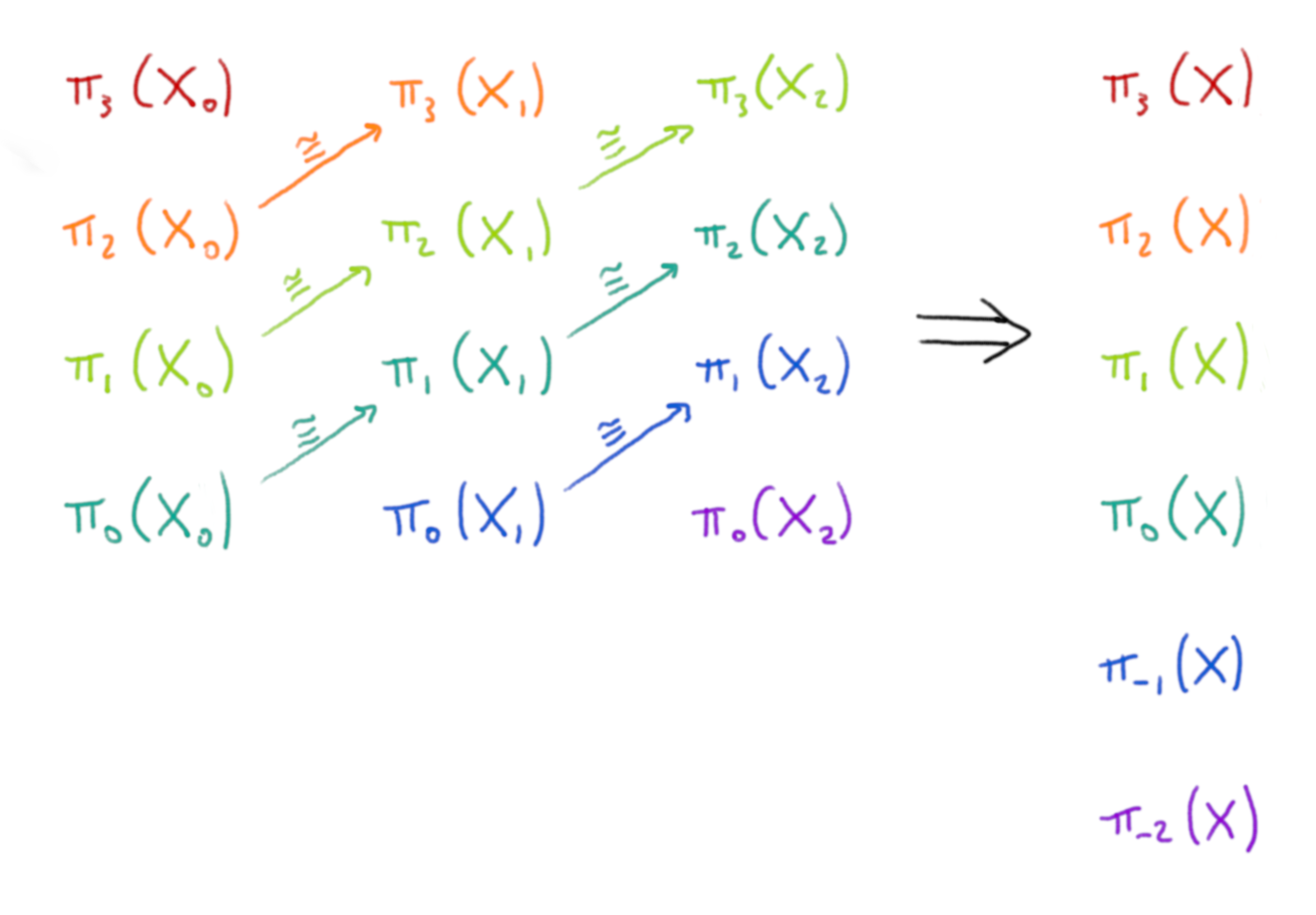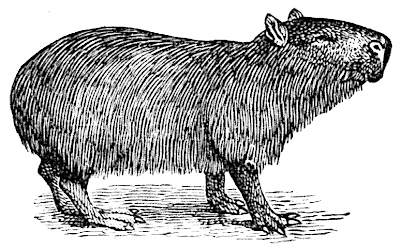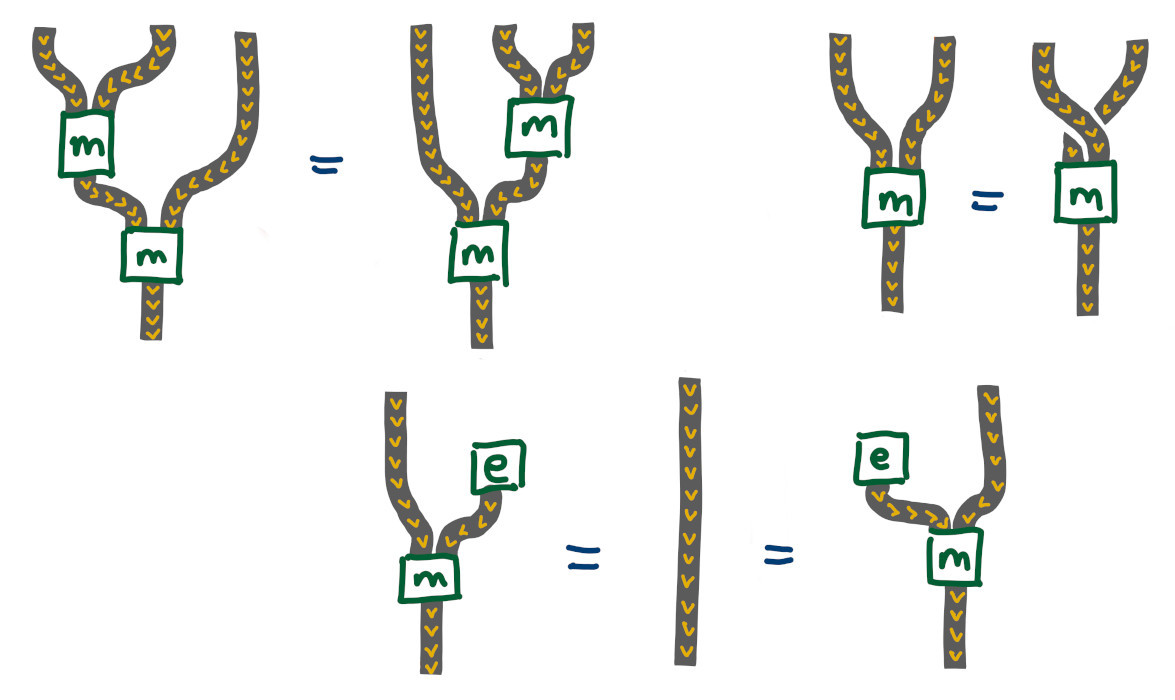Introduction
Stable homotopy theory is a branch of algebraic topology where the central objects of study are not topological spaces, but something called spectra. Spectra are often more complicated to deal with than spaces, but they are very well suited to applying the techniques of homotopy theory.
Stable homotopy theory can be tricky to motivate, in part because there are lots of different sources of motivation, each requiring different background knowledge to appreciate. No single one of these is a slam-dunk reason to study spectra, but the combination of all of them makes it clear that it’s a very natural piece of mathematics. In the first half of this post I’ll give a justification for considering (Omega-)spectra that doesn’t rely on many prerequisites, but you’ll have to believe me that there are other reasons to consider them to be the right thing to look at.1
In the second part of the post I’ll describe how we use the theory of model categories to understand spectra. In particular this explains why we need to think about sequential spectra as well as Omega-spectra.
Most of these perspectives came from Urs Schreiber’s Introduction to Stable Homotopy Theory notes on the nLab (in particular the section on Sequential Spectra), and I highly recommend taking a look at these if you want to learn the technical details or read further in the subject.
Omega-spectra
I want to show how Omega-spectra can arise naturally, by considering how you might try to define something a bit like a space but with both positive and negative homotopy groups. The \(n\)th homotopy group of a pointed space2 is the set of homotopy classes of based maps from an \(n\)-dimensional sphere to the space. This definition only makes sense when \(n \ge 0\), but we can think of Omega-spectra as an attempt to define an object where negative homotopy groups do make sense. I’m being deliberately vague when I say that they are “a bit like” spaces – spaces aren’t Omega-spectra and Omega-spectra aren’t spaces, but they do behave similarly in some respects.
Let \(Y\) a pointed topological space. An important construction in homotopy theory is the loop space \(\Omega Y\). This is the space of paths in \(Y\) that start and end at the basepoint. Points of \(\Omega Y\) correspond to based loops in \(Y\), and paths in \(\Omega Y\) correspond to homotopies between based loops in \(Y\). So path components of \(\Omega Y\) are in bijection with the first homotopy group of \(Y\): \[\pi_0(\Omega Y) \cong \pi_1(Y)\text{.}\] The same idea works for higher homotopy groups, and we have \[\pi_k(\Omega Y) \cong \pi_{k+1}(Y) \text{.}\] That is, the homotopy groups of \(\Omega Y\) are obtained from those of \(Y\) by throwing away the zeroth one and shifting the rest down a dimension. Now let’s take this idea but do it the other way round. Let \(Y\) be a pointed space, and suppose you have a pointed space \(Z\) and a weak homotopy equivalence \(f : Y \to \Omega Z\) (a weak homotopy equivalence is a map that induces isomorphism on all homotopy groups). Then \(Z\) has the same homotopy groups as \(Y\) but shifted one dimension up, together with a new homotopy group \(\pi_0 Z\) living one dimension below \(\pi_1 Z \cong \pi_0 Y\). In some sense we can think of this data \((Y, Z, f)\) as specifying a space \(Y\) with the addition of a dimension \(-1\) homotopy group \(\pi_0 Z\).
Repeating this construction, we get the definition of an Omega-spectrum.
Definition (Omega-spectrum)
An Omega-spectrum \(X\) consists of a sequence \((X_n)_{n \ge 0}\) of pointed topological spaces, together with weak homotopy equivalences \[f_n : X_n \to \Omega X_{n+1}\] for all \(n\).
Note that \[\pi_k (X_n) \cong \pi_k(\Omega X_{n+1}) \cong \pi_{k+1}(X_{n+1}) \text{.}\] Fix an integer \(k \in \mathbb{Z}\). The group \(\pi_{n+k}(X_n)\) exists for \(n\) sufficiently large that \(n+k \ge 0\), and these groups are isomorphic for different \(n\). We call this the \(k\)th stable homotopy group of \(X\), denoted \(\pi_k(X)\). When \(k \ge 0\) these agree with the usual homotopy groups of \(X_0\), but we also have homotopy groups in negative dimensions!

Sequential spectra and the stable model structure
The next step is to try to do homotopy theory, replacing spaces with Omega-spectra.




![\begin{tikzcd} {0} \ar[r] \ar[d] & {[0, 1]} \ar[d] & {1} \ar[l] \ar[d]\ \ast \ar[r] & \ast & \ast \ar[l] \end{tikzcd}](./images/pullback-homotopy-inv-fail.svg)

